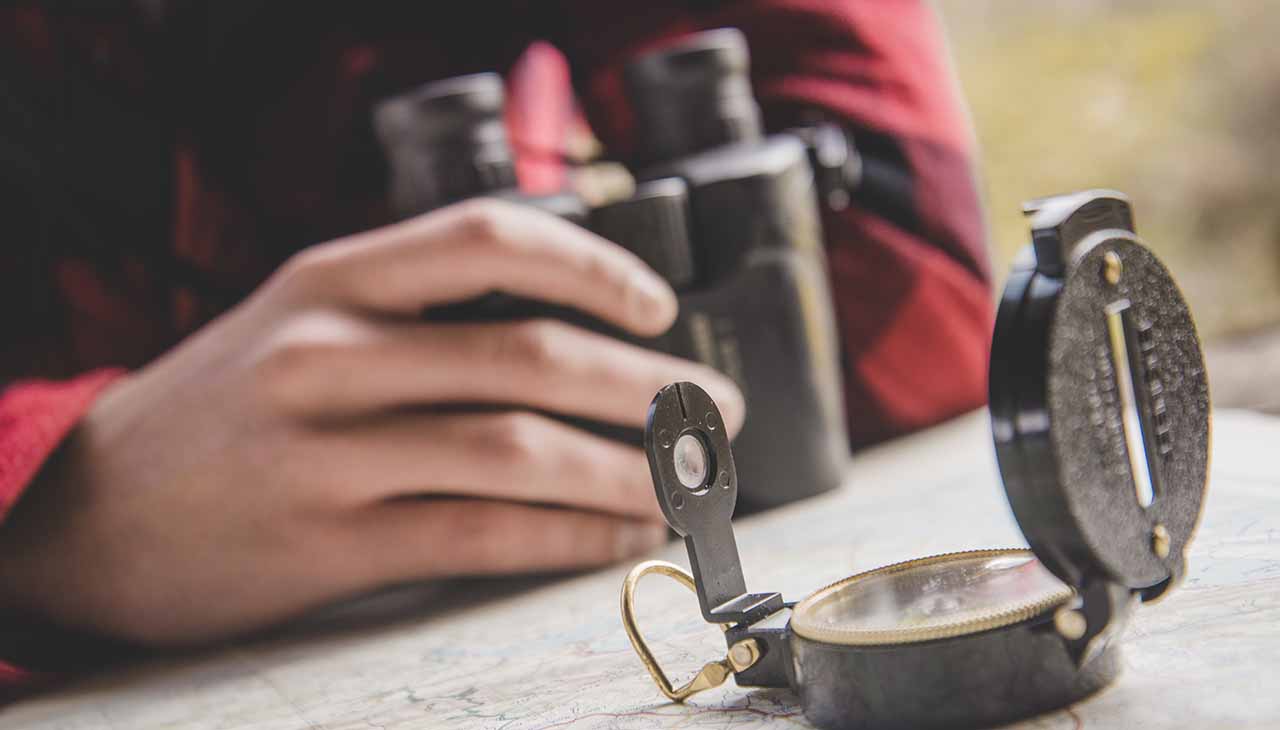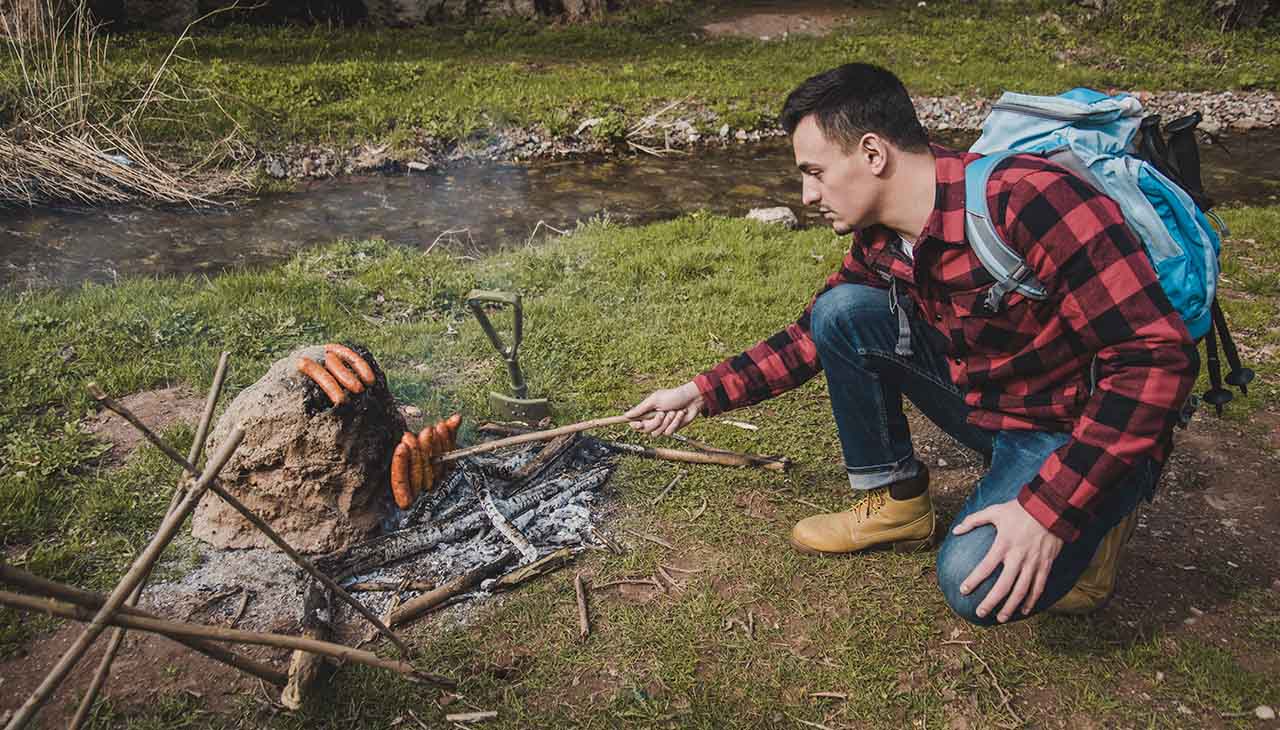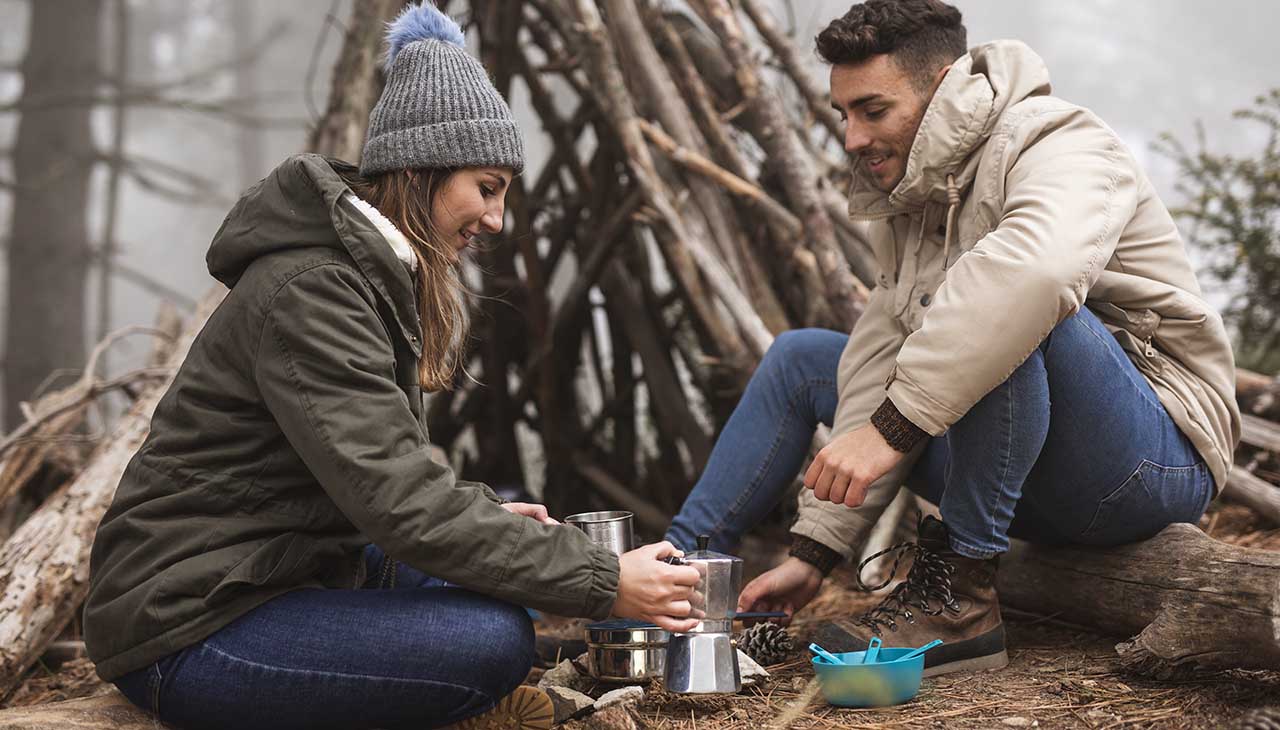Introduction
The call of the wild is irresistible for many outdoor enthusiasts and adventure seekers. The thrill of exploring uncharted territories, the serenity of nature, and the challenge of surviving in the wilderness draw countless individuals into the great outdoors. However, these adventures can sometimes take unexpected turns, plunging even the most experienced outdoor enthusiasts into life-threatening situations. Understanding how others have navigated these perilous scenarios can be invaluable. In this post, we’ll delve into real-life wilderness rescue stories, uncovering key lessons and expert insights to enhance your own survival skills.
Real-Life Survival Stories
The Stranded Hiker in the Sierra Nevada
In the summer of 2003, Aron Ralston set out on a solo hike through Blue John Canyon in Utah. What was intended to be a day of exploration turned into a harrowing six-day ordeal when a boulder dislodged, pinning his arm against the canyon wall. With limited supplies and no way to call for help, Ralston faced the very real possibility of death. He survived by making the unimaginable decision to amputate his own arm, using a dull multi-tool. His story is a testament to human resilience and the will to survive.
The Lost Backpackers in the Australian Outback
A trio of backpackers ventured into the remote wilderness of the Australian Outback, only to become disoriented and hopelessly lost. With scorching daytime temperatures and freezing nights, their situation was dire. They managed to survive for several days by rationing their limited water supplies, seeking shade during the hottest parts of the day, and signaling for help with reflective surfaces. Eventually, they were spotted by a search helicopter and rescued. Their story underscores the importance of staying hydrated and signaling for help.
The Sailors Adrift in the Pacific Ocean
In 2014, two sailors set off from Hawaii with the goal of reaching California. Shortly after departing, their sailboat was damaged by a severe storm, leaving them adrift in the vast Pacific Ocean. With their communication equipment rendered useless, they relied on their survival skills to endure. They collected rainwater using makeshift tarps and rationed their food supplies. After 66 days at sea, they were finally rescued by a passing ship. This story highlights the necessity of having a backup plan and the ability to improvise in survival situations.
The Avalanche Survivor in the Swiss Alps
A seasoned mountaineer found himself buried alive under an avalanche while climbing in the Swiss Alps. Trapped beneath several feet of snow, he knew that his survival depended on finding an air pocket and conserving his energy. He managed to create a small breathing space using his hands and remained calm until rescuers arrived. His survival was a result of quick thinking and an understanding of how to react in avalanche situations.
Lessons Learned
Stay Calm and Think Clearly
One common theme across these survival stories is the importance of maintaining composure. Panic can cloud judgment and lead to poor decision-making. Practicing mindfulness and stress management techniques can help you stay calm under pressure.
Resourcefulness and Improvisation
Survival often requires thinking outside the box and making the most of the resources at hand. Whether it’s using a multi-tool to perform surgery, fashioning tarps to collect rainwater, or finding an air pocket in an avalanche, the ability to improvise can be a lifesaver.
Preparation and Knowledge
Being well-prepared can make a significant difference in survival scenarios. Carry essential gear, such as a first aid kit, multi-tool, signaling devices, and sufficient food and water. Additionally, familiarize yourself with survival techniques relevant to the environment you’ll be exploring.
Importance of Hydration and Nutrition
Proper hydration and nutrition are critical for maintaining energy levels and cognitive function. Rationing supplies and finding alternative sources of food and water can prolong survival until help arrives.
Signaling for Help
In many of these stories, the survivors were eventually rescued because they were able to signal for help. Carrying signaling devices, such as mirrors, whistles, or flares, and understanding how to use natural signals can increase your chances of being found.
Expert Insights
To provide further context to these survival stories, we reached out to a few survival experts and outdoor professionals for their insights:
John Smith, Wilderness Survival Instructor
“One of the most important aspects of survival is mental preparedness. Knowing how to stay calm, assess your situation, and make rational decisions can make all the difference. It’s also crucial to practice survival skills regularly, so they become second nature.”
Sarah Williams, Outdoor Adventure Guide
“Preparation is key. Always let someone know your plans before heading out, carry the right gear, and familiarize yourself with the terrain and weather conditions. Even the most experienced adventurers can find themselves in unexpected situations.”
Dr. Emily Brown, Emergency Medicine Specialist
“In emergency medical situations, quick thinking and basic first aid knowledge are invaluable. Knowing how to treat injuries, manage shock, and prevent hypothermia can save lives. I always recommend taking a wilderness first aid course before embarking on any adventure.”
Personal Preparedness
To ensure you’re ready for any wilderness adventure, consider the following practical advice:
Gear Up
Invest in high-quality gear, including a reliable multi-tool, first aid kit, water purification system, and appropriate clothing for the environment. Don’t forget signaling devices like mirrors, whistles, and flares.
Learn and Practice Survival Skills
Take courses in wilderness survival and first aid. Practice skills like fire-starting, shelter-building, and navigation regularly. The more you practice, the more confident you’ll be in a real-life scenario.
Plan and Communicate
Always inform someone of your plans, including your intended route and expected return time. This information can be crucial if a search and rescue operation is initiated.
Stay Informed
Keep an eye on weather forecasts and be aware of potential hazards in the area you’ll be exploring. Understanding the environment can help you anticipate and mitigate risks.
Prioritize Safety
Your safety should always be your top priority. Avoid taking unnecessary risks and recognize when it’s time to turn back or seek help.
Conclusion
Real-life wilderness rescue stories offer valuable lessons for outdoor enthusiasts, survivalists, and adventure seekers. By understanding the challenges faced and the strategies that led to successful survival, you can better prepare yourself for your own adventures. Remember to stay calm, be resourceful, and prioritize preparation and safety. With these principles in mind, you’ll be well-equipped to navigate the unpredictable nature of the wild.
If you’re passionate about outdoor adventures and survival, consider joining our community for more tips, stories, and expert insights. Together, we can learn, grow, and stay safe in the great outdoors.




